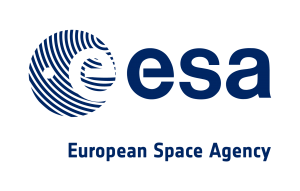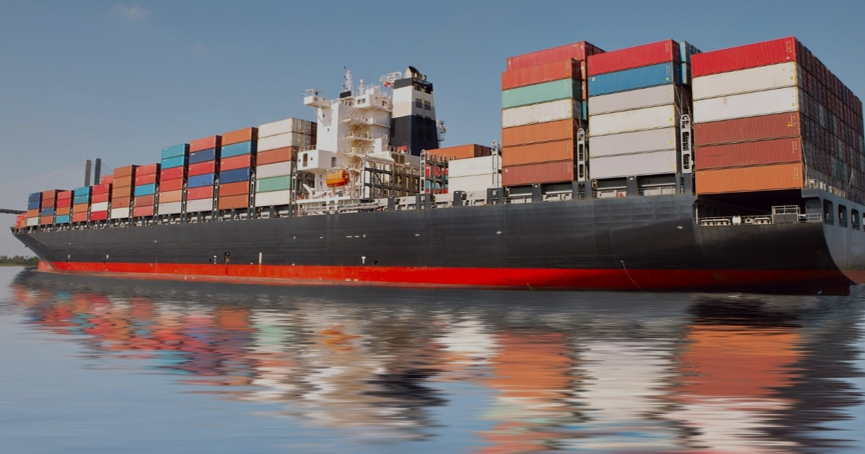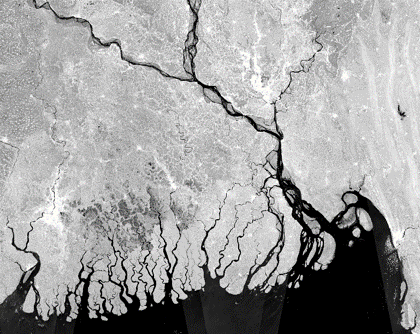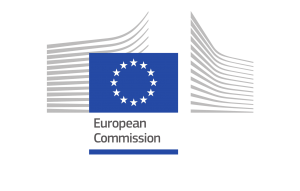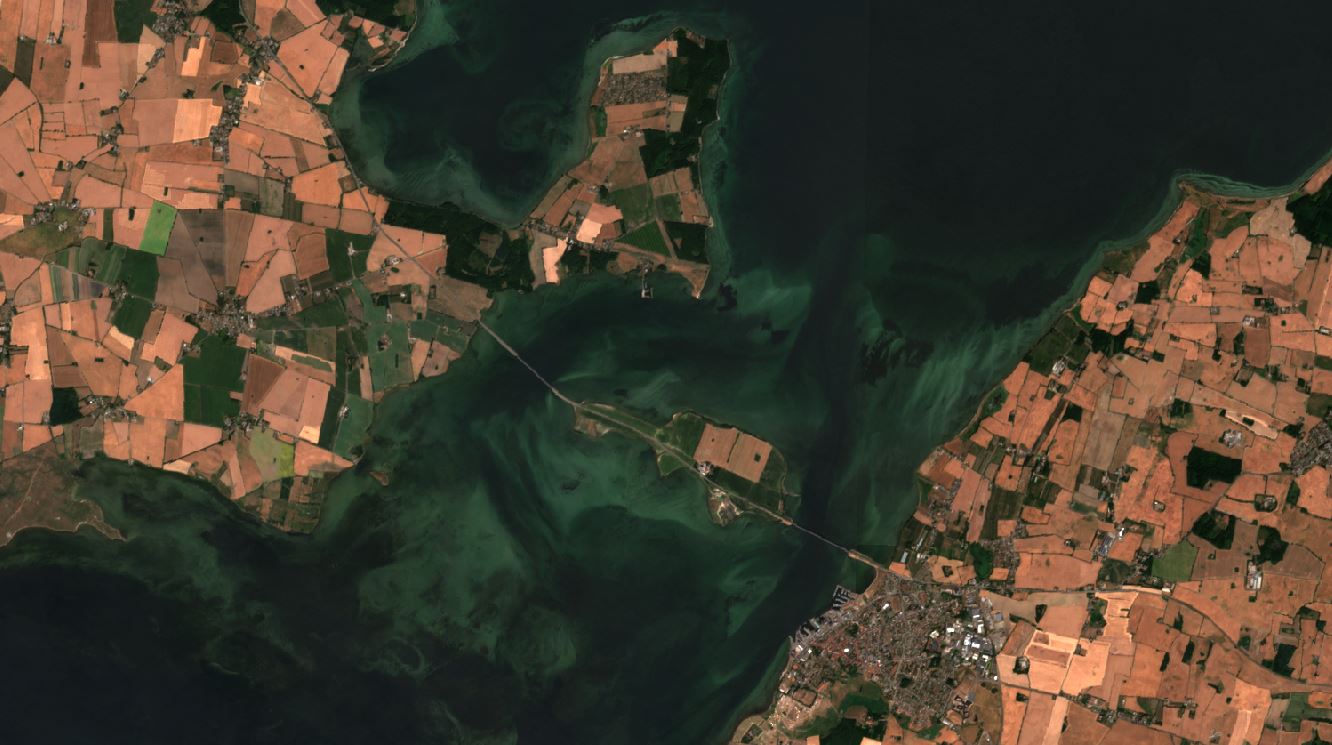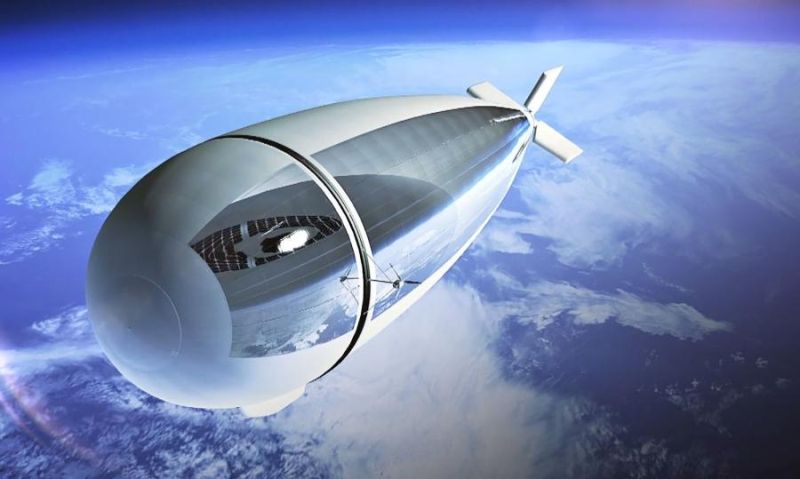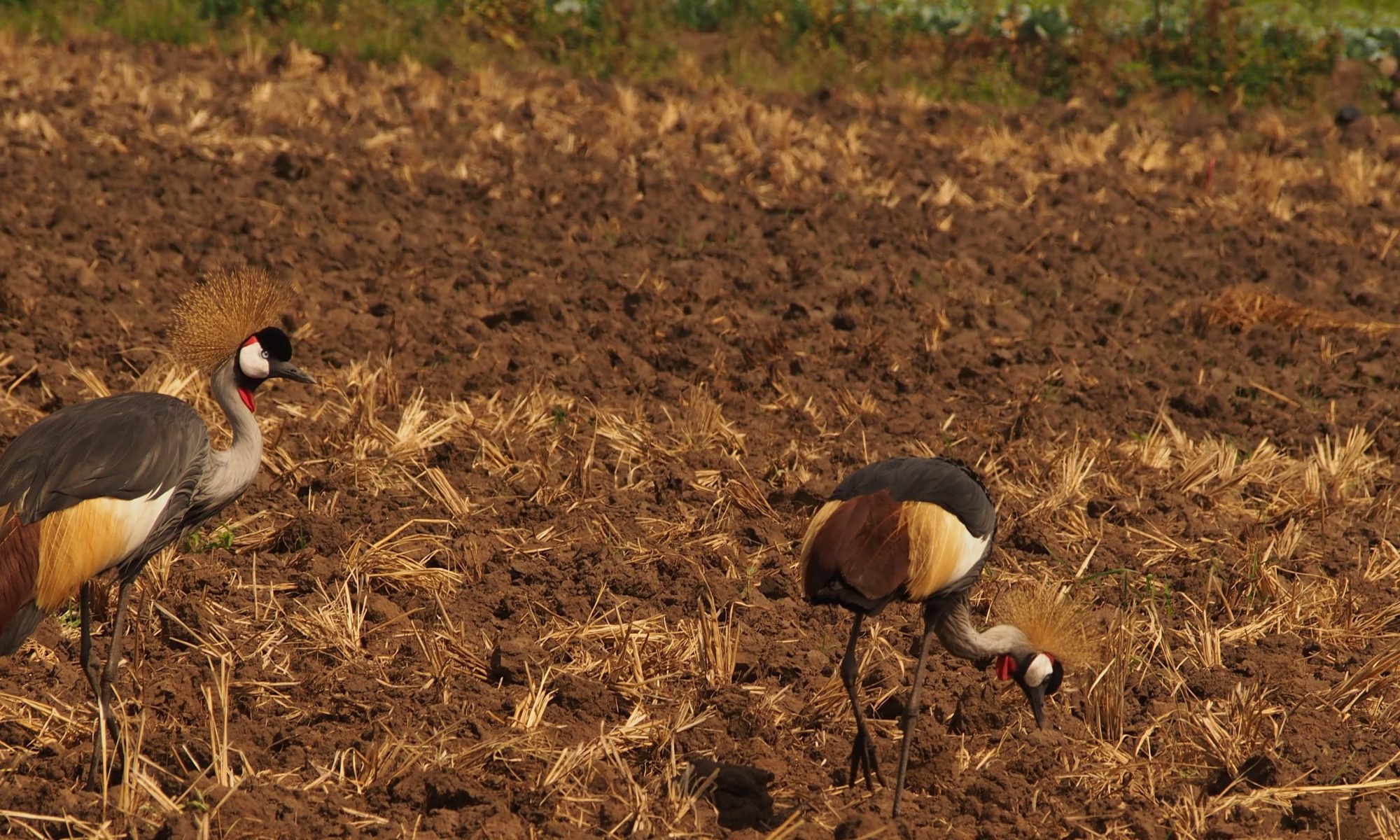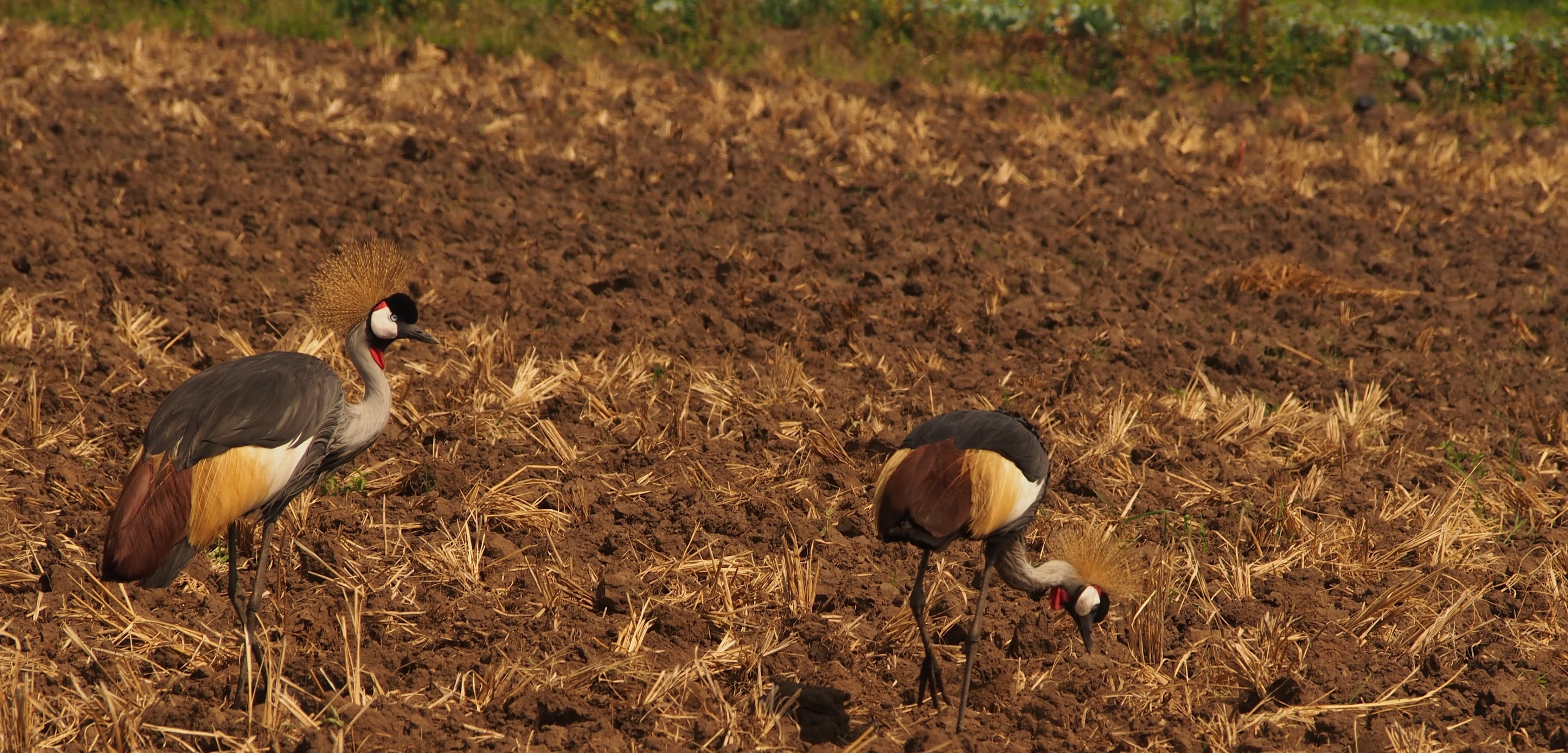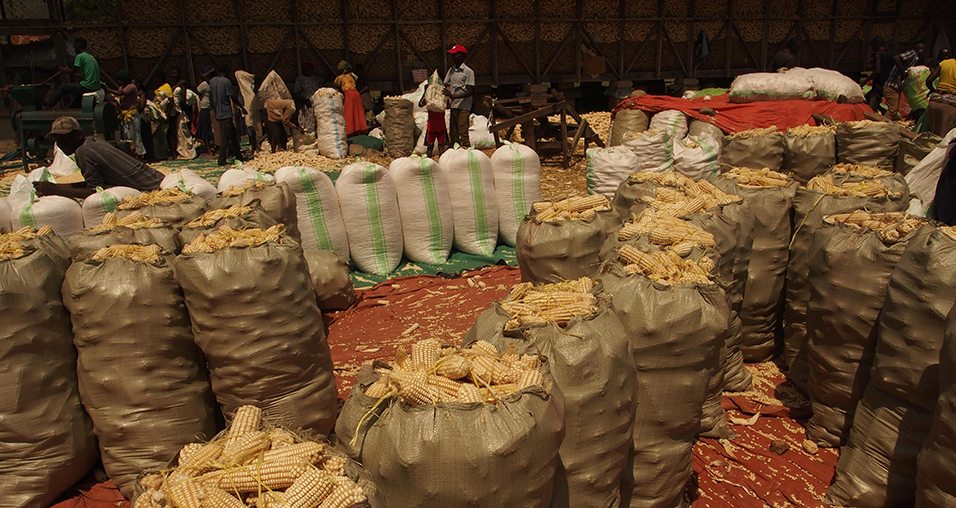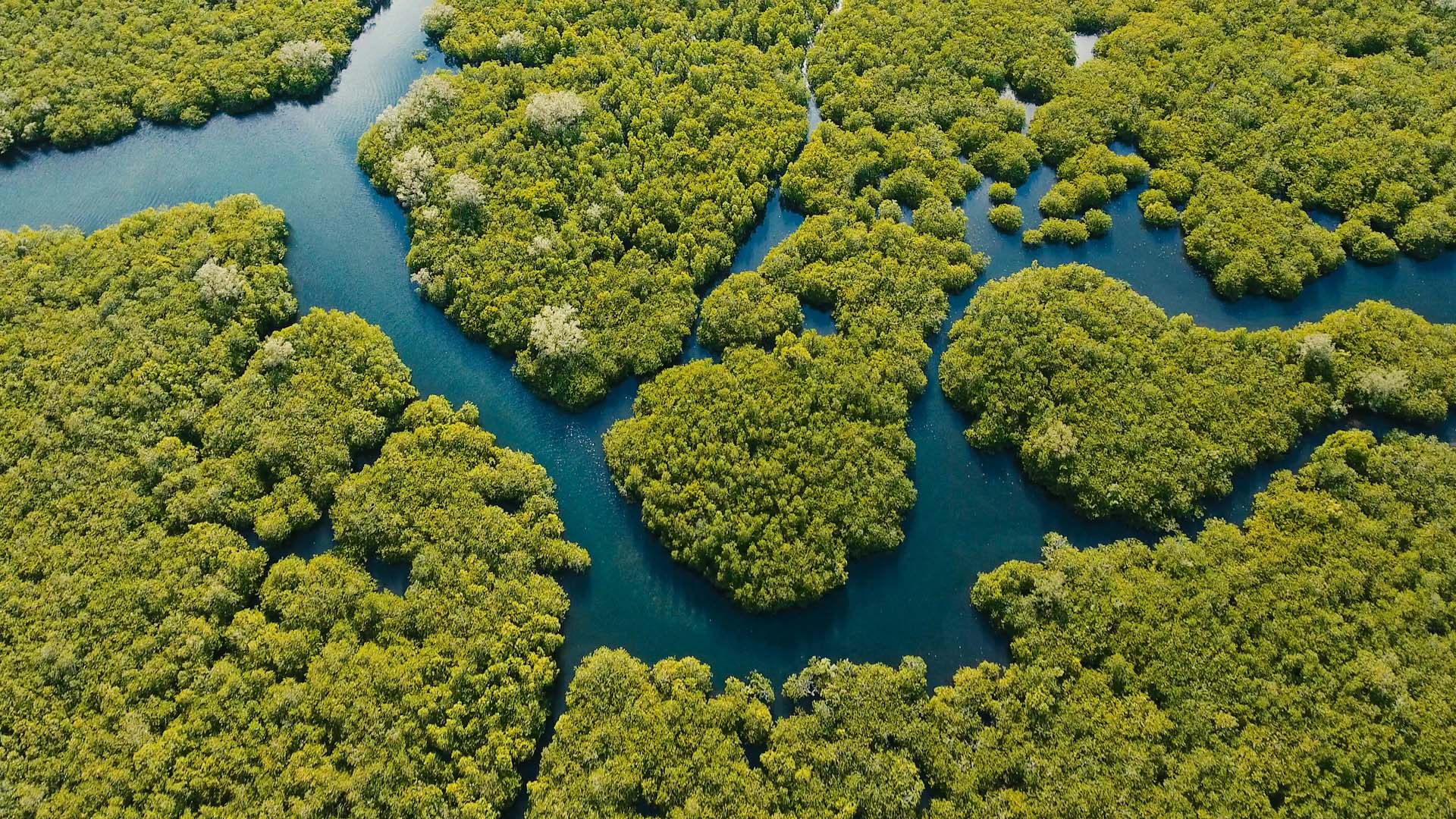
WorldWater
Delivering earth observation (EO) solutions to empower national and regional stakeholders with the data and tools required to monitor and report on inland water resources in an independent manner using EO technology.
Why is it important?
Water is essential for life on Earth and a critical natural resource that underpins all social and economic activity. During the last century, water consumption has increased twice as fast as the world’s population, and today water scarcity affects more than 40 percent of people globally – a disturbing figure which is expected to rise if we do not change our habits and respond to climate change and future global warming. The need for proper and timely information on water (non-) availability is a critical requirement for water management activities.
The WorldWater - Surface Water Dynamics project aim to address the needs of authorities, at all levels, by developing EO tools and products to improve the ability of national and regional stakeholders to monitor the world’s inland water resources in both extent and volume.
Project highlights:
Developing robust and operational EO methods and tools for surface water dynamics monitoring, applicable at a global scale.
Integrating EO products and tools in a data analytics platform to foster the wider usage of EO data and surface water dynamics products for country and basin scale water resource monitoring and reporting
Building national capacities to better monitor and report on water resources using EO through user workshops, training courses and awareness events.
In more detail..
The dedicated goal on water in the 2030 agenda for sustainable development has brought a spotlight to water policy at global level and in national planning and representing a clear indication that countries worldwide recognises the ‘water crisis’, which has consistently been ranked by the World Economic Forum as one of the threats with the highest potential impact and likelihood. In fact, reality may have turned out faster than anticipated. Population growth, socioeconomic development and urbanization are all contributing to increased water demand, while climate change induced impacts on precipitation patterns and temperature extremes further exacerbate water resource availability and predictability. The Sustainable Development Goals (SDGs), especially the goal on ‘clean water for all’ (SDG 6) and the ‘climate action goal’ (SDG 13) therefore need all the attention they can get to avoid an accelerating ‘water crisis’ towards 2030.
The use of EO data for monitoring water resources is increasingly being recognized and accepted as a viable source of information for practitioners and decision-makers. Through the lens of Sustainable Development Goal (SDG) 6 and specific use case studies, the WorldWater - Surface Water Dynamics project will demonstrate how global coverage EO data can be used to systematically and accurately measure inland surface water resources. It will complement existing EO initiatives and projects (e.g. Global Surface Water Explore and the Copernicus global land services) by further developing EO tools and products to effectively use the most up to date, open and free satellite data, primarily from the Sentinel missions, for improved monitoring of the world’s inland water resources.
The project aim to enable national authorities and river basin organizations to apply EO data to independently monitor surface water dynamics at all scales in a robust way - thereby providing them with essential information for more evidence-based planning and management of water resources and an ability to efficiently report and act in response to the global water agenda.
DHI GRAS leads WorldWater in a consortium that also includes GeoVille GmbH (Austria), GISAT (Czech Republic), GRID-Arendal (Norway) and the technical university of Denmark (DTU).

European Space Agency:
The European Space Agency (ESA) is the European space programme and its mission is to explore Earth, its immediate space environment, our Solar System and the Universe.
ESA also works closely with space organisations outside Europe to develop satellite-based technologies and services, and to promote European industries.
EOatDHI part of the DHI GROUP
gras@dhigroup.com
+45 4516 9100
Agern Alle 5,
2970 Hørsholm,
Denmark
CVR: 36466871



